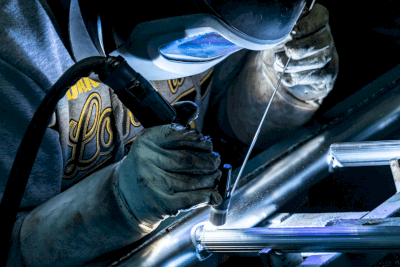All Categories
History
This section provides an overview for aluminum processings as well as their applications and principles. Also, please take a look at the list of 0 aluminum processing companies and their company rankings.
Table of Contents
Categories Related to Aluminum Processings

Aluminum processing describes the machining of aluminum, derived from bauxite through aluminum oxide extraction and electrolysis. This includes forming, welding, and cutting, among other mechanical processes, to shape the material for diverse applications.
Aluminum, known for its ductility, poses challenges in various processes. Its ductility leads to elongation and reduced strength in forming. In welding, a high-melting-point oxide film complicates the process. And in cutting, its high reflectivity hinders laser processing.
Aluminum processing is integral in producing a vast array of products spanning industries from aerospace to consumer goods. Advantages of aluminum include its light weight, high strength, corrosion resistance, workability, electrical and thermal conductivity, and recyclability. However, it's not as strong as iron or stainless steel, is softer and prone to damage, and has a low melting point, making its use in welding challenging.
Aluminum processing varies based on specific methods like forming, welding, cutting, and surface treatment:
Rolling uses punches and dies for shaping, while bending employs various techniques for sheets and extrusions. Casting involves melting and molding aluminum, and press processing involves shearing and squeezing to create shapes.
Welding primarily uses techniques like tungsten inert gas (TIG) and metal inert gas (MIG) welding.
Cutting involves using tools and machining equipment such as machining centers, milling machines, and lathes.
Specialized machines like shears, saws, and NC saws are used for cutting aluminum.
Surface treatment methods include anodizing, hairline processing, and painting.
*Including some distributors, etc.
Sort by Features
Number of Employees
Newly Established Company
Company with a History